Five hobbies to improve your photography skills
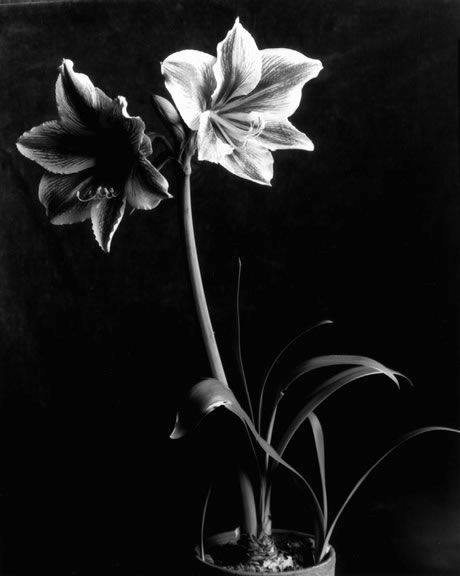
Five hobbies to improve your photography skills We all know that having a hobby can improve work performance and reduce stress. People who spend time in creative leisure score higher on performance rankings and generate creative solutions to problems they can encounter, for example, at work. For professional photographers, the line between work and play can often blur, making hard to relax and recharge. So, I want to suggest to you five hobbies to try that can improve your photography skills: 1. Drawing Sketching can help you understand the basics of good composition. It doesn’t matter if you are able to draw or not. Henri Cartier Bresson also drew. “Photography is an immediate reaction, drawing is a meditation.” A lot of photographers prepare a sketch of their next photographic composition. 2. Cooking Many studies say that cooking boosts creativity and mindfulness. Plus, you feel more enthusiastic about what you have to do the next day. Cooking skills are especially beneficial for food photographers experimenting in the kitchen. 3. Hiking This hobby is related strongly whit landscape and adventure photography. Hiking gives you the possibility to enjoy the natural world without keeping your camera to your eye the whole time, forcing you to choose only the best moments to photograph. It also means you can discover and reach unique spots which others have missed and capture the beauty of nature and our planet. 4. Gardening Gardening can boost your mood and mindfulness. According to studies, all types of gardening proved beneficial. Also, you can improve your photography like Imogen Cunningham, who honed her skills as a photographer at home by shooting the plants she cultivated in her garden. 5. Road-tripping Road trips offer countless opportunities for surprises and encounter with unexpected sights and interesting strangers. You need only your bike (or car) and your camera. At any time you can start a wonderful journey. Conclusion There would be many other hobbies to suggest, but I’ll stop here. My intent is to show you how some passions can help you improve your photography. What hobby do you like to do? What passion can you also relate to photography? Think about it and let me know. Latest Articles: From amateur to pro: A step-by-step guide to improving your photography skills Capturing the beauty and power of thunderstorms: Tips and techniques for shooting lightning Discover the Power of Notion: An overview of the Productivity Platform 10 tips for shooting better videos How to Photograph Christmas Lights
From amateur to pro: A step-by-step guide to improving your photography skills
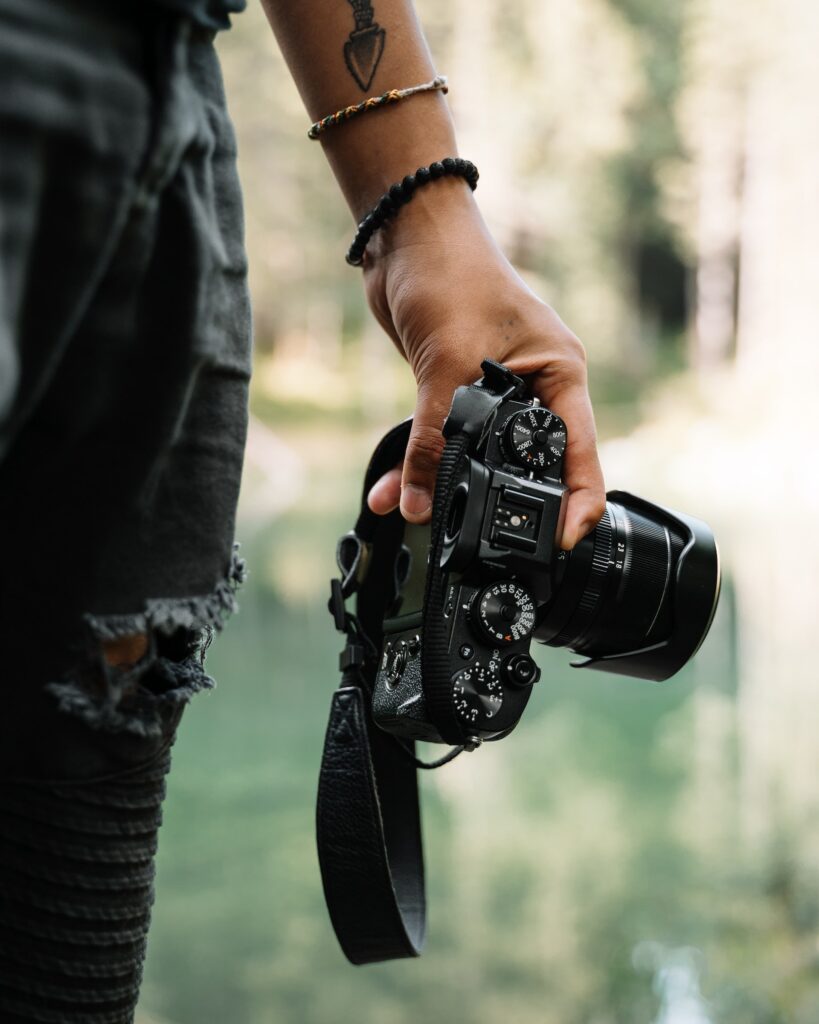
From amateur to pro: A step-by-step guide to improving your photography skills Are you an amateur photographer looking to take your skills to the next level? With dedication and practice, you can turn your passion for photography into professional-quality images. Here are some steps to help you improve your photography skills and become a pro. First, it’s important to understand the technical aspects of photography. This includes understanding the exposure triangle of aperture, shutter speed, and ISO, as well as the functions of your camera and lens. By mastering these technical elements, you can take control of your camera and create images with the right exposure, focus, and sharpness. Next, focus on composition. Composition is the arrangement of elements within your frame, and it’s what gives your photos balance, interest, and visual impact. Some basic composition techniques include the rule of thirds, leading lines, and symmetry. Practice using these techniques to compose your shots and create aesthetically pleasing images. Another key to improving your photography skills is to experiment with different styles and techniques. This can include shooting in black and white, using long exposures to capture movement, or trying out creative post-processing effects. By experimenting and trying new things, you can develop your own unique style and approach to photography. Additionally, seek out opportunities to learn from more experienced photographers. This can include attending workshops, joining a photography club, or working with a mentor. By learning from others, you can gain valuable insights, tips, and advice that can help you improve your skills. To become a pro, it’s also important to build a strong portfolio of your work. This will showcase your skills and style to potential clients and allow you to market yourself as a professional photographer. Consider creating a website or online portfolio to showcase your best images, and regularly update it with new work. In conclusion, improving your photography skills takes time, practice, and dedication. By mastering the technical aspects of photography, focusing on composition, experimenting with different styles and techniques, learning from others, and building a strong portfolio, you can turn your passion for photography into professional-quality images. Latest Articles: Discover the Power of Notion: An overview of the Productivity Platform 10 tips for shooting better videos How to Photograph Christmas Lights How to Develop a Growth Mindset in 5 steps 5 common videomaking mistakes to avoid
Capturing the beauty and power of thunderstorms: Tips and techniques for shooting lightning
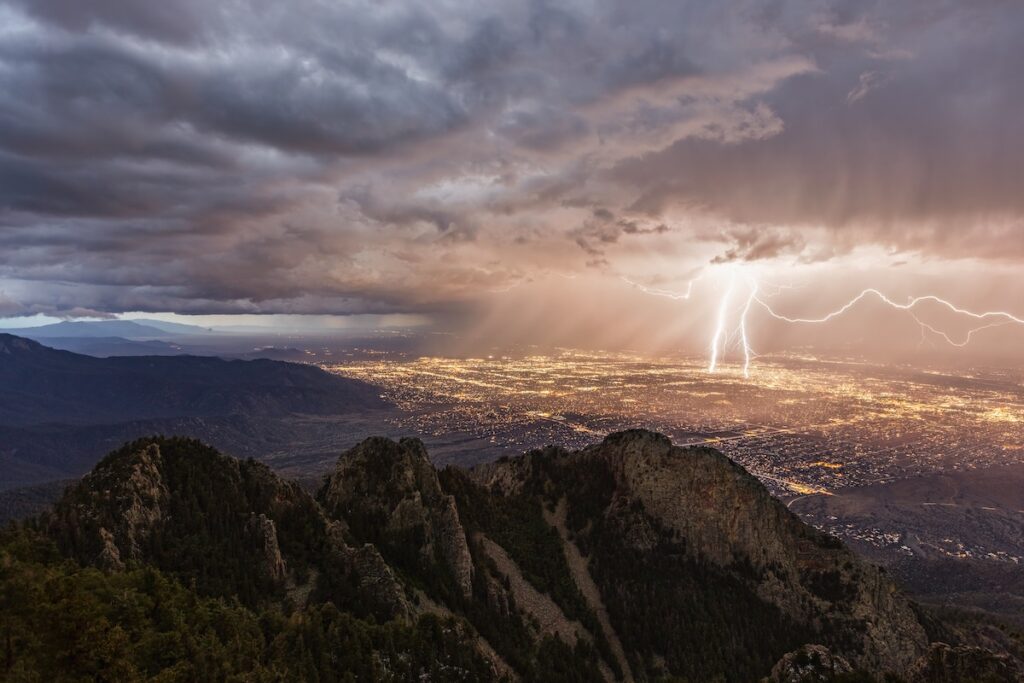
Capturing the beauty and power of thunderstorms: Tips and techniques for shooting lightning Thunderstorms are a dramatic and powerful natural phenomenon, and capturing their beauty and power in a photograph can be a thrilling and rewarding experience. However, shooting lightning and thunderstorms can also be challenging and dangerous, so it’s important to follow some basic safety guidelines and know the right techniques. First, always check the weather forecast before heading out to shoot a thunderstorm. This will give you an idea of the storm’s location, direction, and intensity, and it will also help you plan your route and find a safe and suitable shooting location. Second, be prepared and ready to shoot. Make sure your camera and lenses are clean and in good working order, and have extra batteries and memory cards on hand. If you’re shooting with a DSLR or Mirrorless camera, use a fast lens with a wide aperture (f/2.8 or faster) to capture as much light as possible. If you’re shooting with a smartphone, use the camera’s “night mode” or a third-party app to improve low-light performance. Third, use a tripod and a remote shutter release. Shooting lightning and thunderstorms requires a long exposure, typically 1/4 to 1/2 second, to capture the lightning bolt. To avoid camera shake and blurry photos, use a tripod to stabilize your camera, and a remote shutter release or self-timer to trigger the shutter without touching the camera. Fourth, set your camera to manual mode. In manual mode, you have full control over the camera’s exposure settings. Fifth, use a fast shutter speed to freeze the action. While a long exposure is needed to capture the lightning bolt, you also want to freeze the motion of the storm clouds and other elements in the scene. To do this, set your shutter speed to a fast value, such as 1/125 or 1/250 second. This will allow you to capture sharp, detailed images of the storm’s features and movement. Sixth, experiment with different compositions and perspectives. Thunderstorms are visually striking, with dramatic clouds, lightning, and rain, so try to capture these elements in your photos. Experiment with different compositions, such as wide angles to show the scale of the storm, or close-ups to highlight the details and textures of the clouds and lightning. Finally, stay safe. Shooting thunderstorms can be dangerous, as lightning is unpredictable and can strike anywhere at any time. To avoid being struck, stay at least 6 feet away from metal objects, such as fences or poles, and avoid standing on high ground or in open fields. If you hear thunder, seek shelter immediately and wait for the storm to pass. In conclusion, shooting thunderstorms is a challenging but rewarding experience. By following these tips and techniques, you can capture the beauty and power of these dramatic natural events and create stunning and unique photos. Latest Articles: Discover the Power of Notion: An overview of the Productivity Platform 10 tips for shooting better videos How to Photograph Christmas Lights How to Develop a Growth Mindset in 5 steps 5 common videomaking mistakes to avoid
How to Photograph Christmas Lights
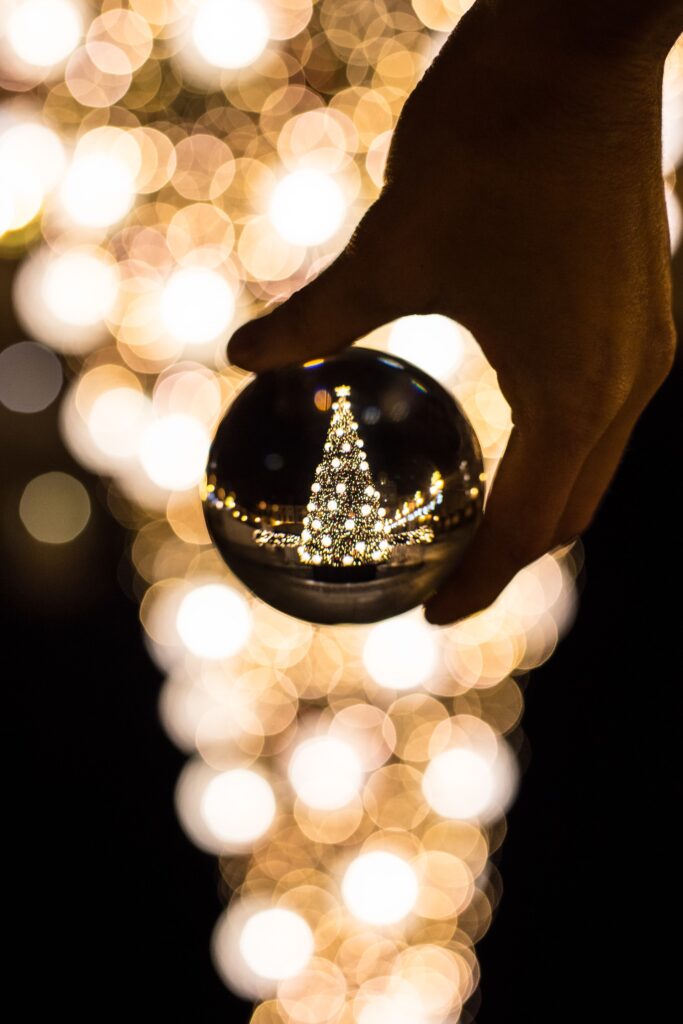
How to photograph Christmas Lights Photographing or filming Christmas lights can be a fun and rewarding activity, but it can also be challenging if you’re not familiar with the best techniques and settings to use. In this article, I’ll go over some tips and tricks for capturing stunning photos and videos of Christmas lights that will stand out and impress your friends, family, or anybody else. Scout out the Location First and foremost, it’s important to plan ahead and scout out your location. Look for areas with a lot of colorful lights, such as a neighborhood with houses decorated for the holidays or a local park or downtown area. Consider the time of day and the weather, as well. Evening and nighttime are generally the best times to photograph Christmas lights, as the darkness creates a more dramatic contrast against the bright lights. However, if it’s raining or foggy, this can add an interesting and atmospheric effect to your photos. Equipment and Camera Settings Once you’ve found your location, it’s time to set up your camera. If you’re using a DSLR or mirrorless camera, use a tripod to keep your camera steady and avoid blurry photos. You’ll also want to use a low ISO setting to reduce noise and a small aperture (high f-stop number) to keep the entire scene in focus. Depending on the lighting conditions, you may need to use a slower shutter speed to allow more light into the camera. If you’re using a smartphone, try using a tripod or a stable surface to rest it on, and consider using a third-party camera app that gives you more control over the camera settings. The Adobe Lightroom app is extremely powerful! Composition is essential When composing your shots, try to include some context in the frame, such as a tree or a building. This will give your photos a sense of place and help them feel more festive. You can also experiment with different angles and perspectives, such as shooting from above or below the lights. If you want to learn more about composition read this article. The key elements of Christmas light photos & videos One of the key elements to successful Christmas light photography is getting the white balance right. White balance refers to the way your camera interprets the colors in a scene, and it’s important to get it right in order to avoid your photos looking too warm or too cool. If you’re using a DSLR or mirrorless camera, you can manually set the white balance using the Kelvin scale. For smartphone cameras, you can try using a white balance preset, such as “tungsten” or “fluorescent,” or use the auto white balance setting and adjust it in post-processing if needed. Finally, don’t be afraid to play around with your camera’s settings and experiment with different techniques. Try using different lenses, such as a wide-angle lens to capture a larger area of light or a telephoto lens to zoom in on specific details. You can also try using creative techniques such as panning or long exposures to capture movement and add a sense of dynamism to your photos. By following these tips and tricks, you’ll be well on your way to capturing beautiful and memorable photos of Christmas lights. Happy holiday shooting! Latest Articles: Come sviluppare un Mindset di Crescita in 5 passaggi 5 errori comuni nel videomaking da evitare DaVinci Resolve vs. Adobe Premiere Pro: Perchè DVR è l'evidente vincitore Composizione fotografica: gli elementi fondamentali per una foto di successo Top 3 fotocamere per fotografi principianti da comprare nel 2023 Il ruolo dell'Intelligenza Artificiale nell'industria dei videogiochi Il potere dei videogiochi: come possono migliorare la creatività e il problem solving L'arte della fotografia di ritratto: tecniche di posa e illuminazione Come ChatGPT sta rivoluzionando l'elaborazione del linguaggio naturale Padroneggiare le basi della Fotografia: Una guida per principianti
Composition 101: The essential elements of a great photo
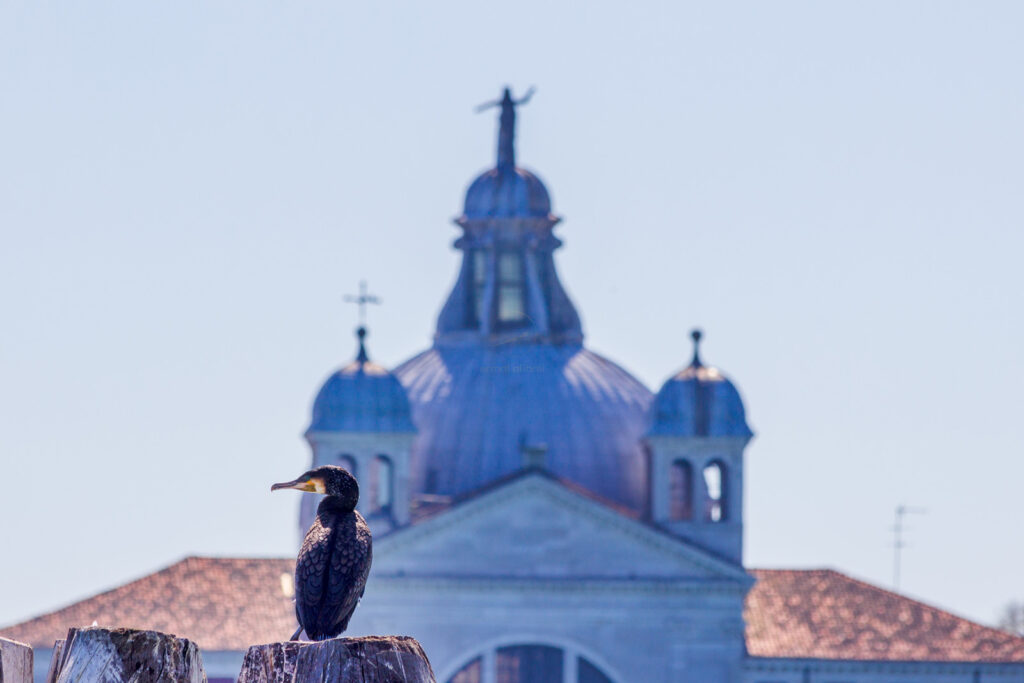
Composition 101: The essential elements of a great Photo Composition is the art of arranging the elements within a photograph to create a visually pleasing and balanced image. It’s what gives a photo its structure, interest, and visual impact, and it’s an essential skill for every photographer to master. Here are the essential elements of a great photo composition that you have to learn and incorporate into your next photos: The rule of thirds The rule of thirds is a fundamental composition technique that involves dividing your frame into three horizontal and vertical sections. The idea is to position the important elements of your photo along these lines, or at the intersections of these lines. This creates a more balanced and aesthetically pleasing composition. Leading lines Leading lines are visual elements that draw the viewer’s eye into the photo and guide their gaze around the frame. These could be natural lines, such as roads, rivers, or fences, or man-made lines, such as staircases, buildings, or bridges. By using leading lines, you can create depth, movement, and direction in your photos. Symmetry and patterns Symmetry and patterns are another effective way to create visual interest and balance in your photos. Symmetry involves arranging elements in your frame in a balanced and mirrored way, while patterns involve repeating elements, such as shapes, colors, or textures. By using symmetry and patterns, you can create a harmonious and organized composition. Negative space Negative space is the empty space around and between the elements in your frame. It’s an often-underappreciated element of the composition, but it’s essential for creating balance and visual harmony in your photos. By using negative space, you can give your subject room to breathe and create a sense of openness and calm. Framing your scene Framing is the use of natural or man-made elements to frame your subject and create a visual border around it. This could be a tree branch, an archway, or a window, for example. By using framing, you can create a sense of depth and perspective, and draw the viewer’s eye to your subject. In conclusion, the essential elements of a great photo composition are the rule of thirds, leading lines, symmetry and patterns, negative space, and framing. By mastering these techniques and applying them creatively, you can create stunning and balanced photos that capture the world around you in a unique and artistic way. Latest Articles: The Role of Artificial Intelligence in the Gaming Industry Top 3 Cameras for Beginner Photographers to buy in 2023. The Power of Video Games: How They Can Enhance Creativity and Problem-Solving Skills The art of Portrait photography: Posing and lighting techniques How ChatGPT is Revolutionizing Natural Language Processing
Top 3 Cameras for Beginner Photographers to buy in 2023.
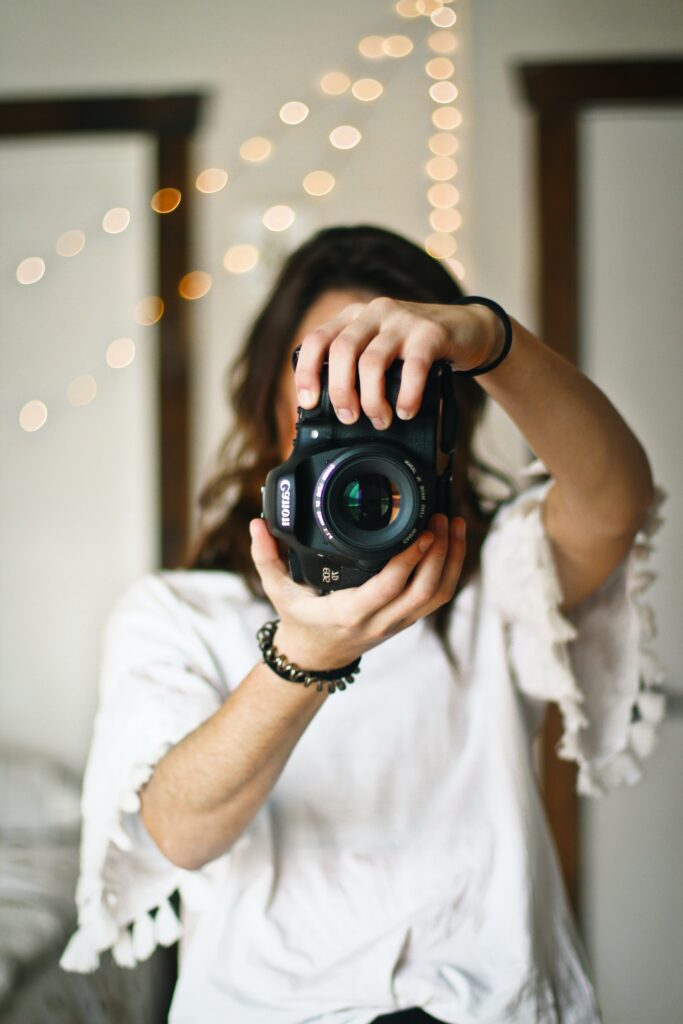
Top 3 Cameras for Beginner Photographers to buy in 2023 Are you just starting out in photography and looking for a camera that will help you take great photos without breaking the bank? Look no further! In this article, I will provide an overview of some of the best cameras for beginners to buy this year. Canon EOS Rebel T6i This camera offers a 24.2 megapixel CMOS sensor, which will provide you with high-quality images. It also has built-in Wi-Fi and NFC connectivity, allowing you to easily share your photos with friends and family. Additionally, the T6i has a variety of shooting modes and Scene Intelligent Auto mode, which automatically adjusts the camera settings for you. Reach the Product on: Amazon USA Amazon UK Amazon IT / Europe Nikon D3500 This camera has a 24.2 megapixel CMOS sensor and a built-in guide mode, which provides step-by-step instructions on how to take better photos. It also has a long battery life, allowing you to take up to 1,550 shots on a single charge. Additionally, the D3500 is lightweight and compact, making it easy to carry with you wherever you go. Reach the Product on: Amazon USA Amazon UK Amazon IT / Europe Sony Alpha a6000 If you’re looking for a more advanced camera that will still be user-friendly for beginners, the Sony Alpha a6000 may be a good choice. This camera has a 24.3 megapixel CMOS sensor and can shoot at 11 frames per second, making it perfect for capturing fast-moving subjects. It also has built-in Wi-Fi and NFC connectivity, as well as a 180-degree tilting LCD screen, making it easy to take selfies or group photos. Reach the Product on: Amazon USA Amazon UK Amazon IT / Europe But remember: No matter which camera you choose, the most important thing is not the equipment, but the person behind the lens. With practice and experimentation, you can take great photos with any of these cameras. Happy shooting! Latest Articles: Top 3 Cameras for Beginner Photographers to buy in 2023. The Power of Video Games: How They Can Enhance Creativity and Problem-Solving Skills The art of Portrait photography: Posing and lighting techniques How ChatGPT is Revolutionizing Natural Language Processing Mastering the basics: A beginner's guide to photography
The art of Portrait photography: Posing and lighting techniques
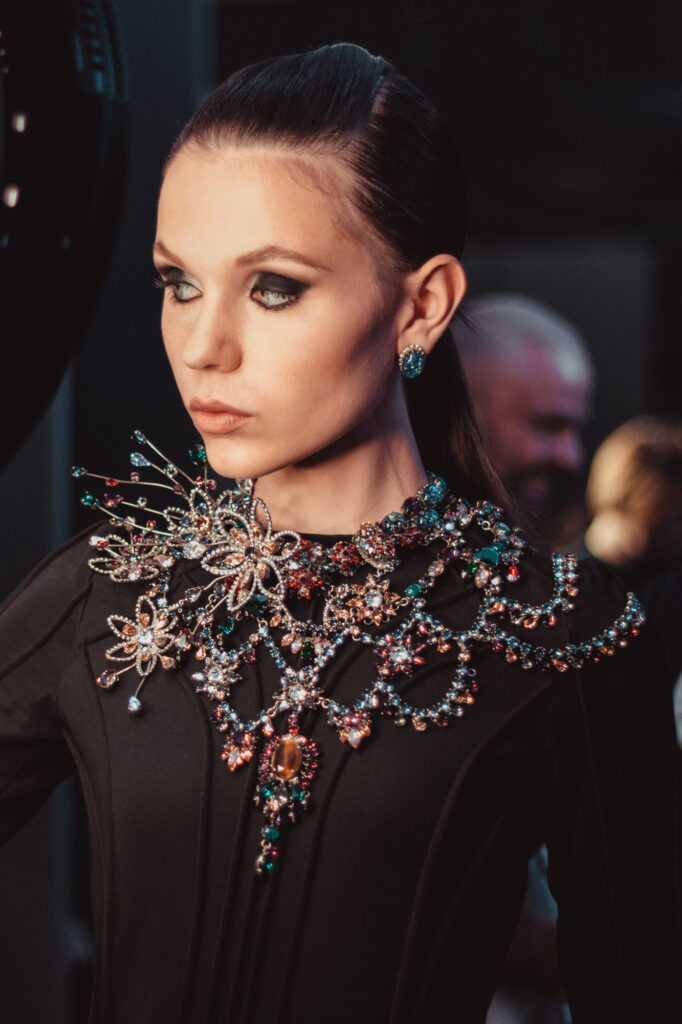
The art of portrait photography: Posing and lighting techniques Portrait photography is a beautiful and challenging art form that captures the unique character and personality of a person in a single image. To create stunning portrait photos, it’s important to understand the techniques of posing and lighting. First and foremost, good posing is essential for creating a flattering and natural-looking portrait. This involves positioning the subject’s body and limbs in a way that is comfortable and flattering, while also expressing their character and personality. Some basic posing techniques include using the rule of thirds, directing the subject’s gaze, and using hand and body gestures to add interest and emotion to the shot. Lighting is also a crucial element of portrait photography. Natural light is often the most flattering and beautiful, so try to take advantage of it when possible. If you’re shooting indoors or in low light, you may need to use artificial light sources, such as flash or continuous lighting. Experiment with different lighting setups to find the one that works best for your subject and your style. Another tip for creating stunning portrait photos is to connect with your subject. This involves getting to know the person you’re photographing, building a rapport with them, and making them feel comfortable and relaxed in front of the camera. This can help you capture their true character and personality in your photos. In conclusion, the art of portrait photography involves a combination of technical skills, artistic vision, and emotional connection. By mastering the techniques of posing and lighting, and connecting with your subject, you can create stunning portrait photos that capture the unique character and personality of the people you photograph. Check my Portraiture projects on my Homepage! Latest Articles: How ChatGPT is Revolutionizing Natural Language Processing Mastering the basics: A beginner’s guide to photography 10 ways to boost your productivity and achieve your Goals Talk with an AI. How to use ChatGPT MidJourney: crea arte scrivendo ad un’IA
Mastering the basics: A beginner’s guide to photography
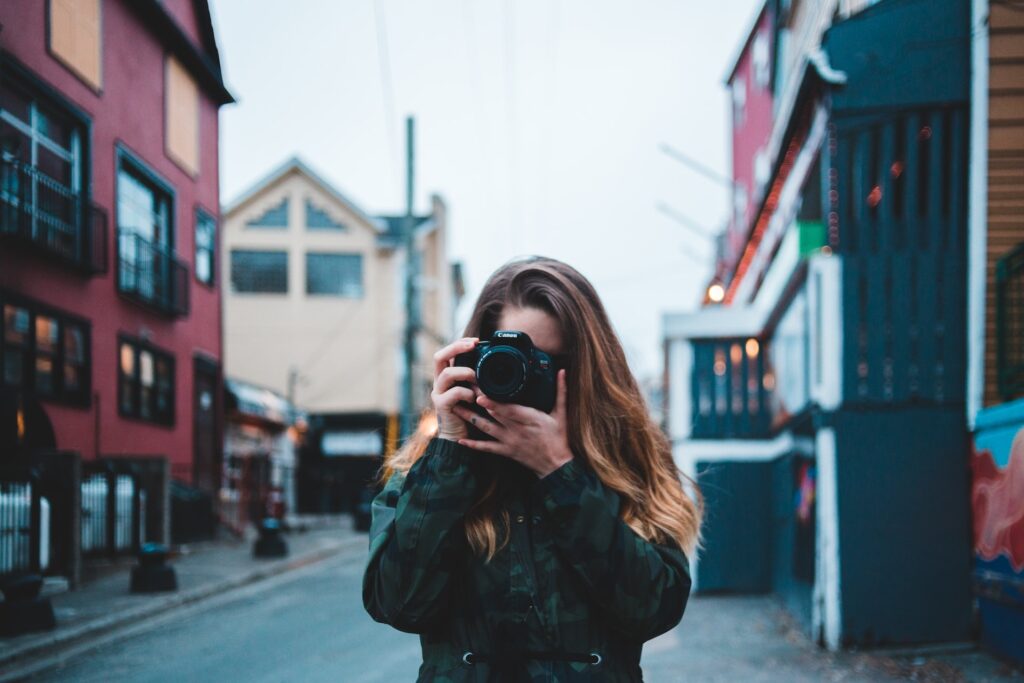
Mastering the basics:A beginner’s guide to Photography Photography is a fascinating and rewarding hobby (or job) that allows you to capture the world around you in a unique and artistic way. Whether you’re an absolute beginner or an experienced photographer looking to improve your skills, mastering the basics is essential for taking stunning photos. First and foremost, it’s important to understand the three essential elements of photography: aperture, shutter speed, and ISO: Aperture refers to the size of the opening in your camera lens, which determines how much light is let in. Shutter speed refers to the amount of time the shutter is open, which affects the amount of motion blur in your photo. ISO refers to the sensitivity of your camera’s sensor to light, which affects the overall exposure of your image. To take control of these elements and achieve the perfect exposure, it’s essential to shoot in manual mode. This allows you to adjust each setting individually to suit the lighting conditions and the look you’re trying to achieve. Start by setting a low ISO to reduce noise in your photos, and experiment with different aperture and shutter speed combinations to find the right balance of light and motion. Composition is another crucial aspect of photography. This refers to the arrangement of elements within your frame, and it’s what gives your photos balance, interest, and visual impact. Some basic composition techniques include the rule of thirds, leading lines, and symmetry. To apply these techniques, use your camera’s viewfinder or LCD screen to compose your shot, and adjust the position of your camera or the elements within your frame to achieve the desired effect. Lighting is also an important factor in photography. Natural light is often the most flattering and beautiful, so try to take advantage of it when possible. If you’re shooting indoors or in low light, you may need to use artificial light sources, such as flash or continuous lighting. Experiment with different lighting setups to find the one that works best for your subject and your style. Another key to taking stunning photos is to experiment and be creative. Try different angles, perspectives, and focal lengths to add variety to your shots. Use editing software to enhance your photos and give them a unique look. And don’t be afraid to try new techniques, such as long exposures or double exposures, to add a creative touch to your photos. Discover 5 hobbies to improve your photography skills. In conclusion, mastering the basics of photography takes time, practice, and experimentation. By understanding the essential elements of photography, practicing good composition, and experimenting with lighting and creative techniques, you can take stunning photos that capture the world around you in a unique and artistic way. Latest Articles: Mastering the basics: A beginner's guide to photography 10 ways to boost your productivity and achieve your Goals Talk with an AI. How to use ChatGPT MidJourney: crea arte scrivendo ad un'IA MidJourney: create art texting to an AI.
How to photograph (with) the rain. 6 rules to follow
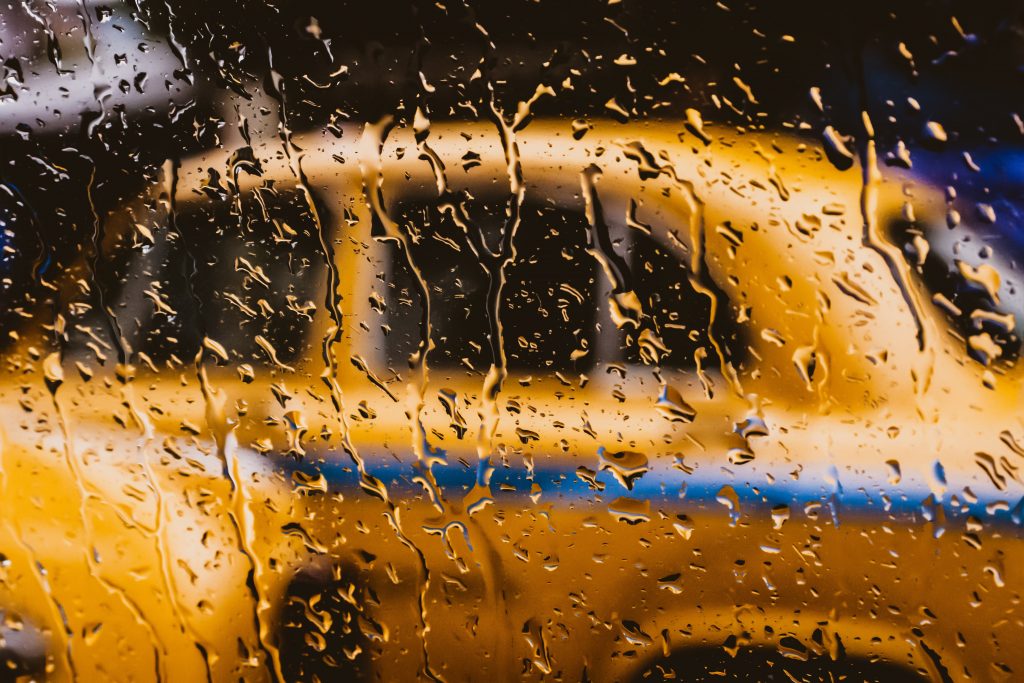
How to photograph (with) the rain.6 rules to follow Very often, as you already know, I advise you to shoot in particularly not “peaceful” weather conditions. The rain creates photographic situations that are as difficult as they are unique. A scene enclosed in such a weather condition can emphasize the subject or the panorama within our photoshoot. The next time it rains, while everyone else stays indoors, cover your photo backpack well and get out. You might find something that even you didn’t imagine you could photograph. These days at the photographic level are challenging and for this reason, I decided to write some tips that you can follow to be able to capture spectacular photos with and during rainy days. 1. Preparation The first thing not to be underestimated is that you absolutely have to make sure that the camera is well protected and sealed from rain if it is not waterproof. In addition to covering yourself, also bring a rain cover for your camera or a plastic bag with elastic bands to protect the camera. Once your camera is covered, it will be difficult to change lenses, so avoid changing the lens as much as possible to keep that moisture out and consider using a UV filter for greater lens protection. Also remember to keep a microfiber cloth on hand and regularly check for the presence of errant falls on the lens, because surely there will be. Finally, watch out for any condensation that may form when you move from colder to warmer areas (and vice versa). A possible solution to the latter problem may be gel packs that absorb moisture. To cover the camera also study the environment or use common objects: porches, trees, garages, protruding cornices, and even umbrellas can offer shelter from the rain, take advantage of them! 2. Weather Conditions A little planning can do well. Consider exploring in good weather the areas you’d like to photograph during the rain. Study the light when it rains, in fact, the rain is unpredictable and the play of light is assured. If a place hits you, but maybe the light does not convince you, wait a while and look for the moment you are imagining. Obviously, rain can also be one of the weather conditions that cause unimaginable disasters, therefore, before venturing out, think about whether it is worth it and if it is possible that you risk something. 3. Manual Focus Rain can create problems with the autofocus, therefore, it changes directly to manual to overcome the problem. This way, you can decide if you want to focus on individual raindrops, a figure on the street, a building in the distance, or something else. For freedom and better precision, as these are often poorly lit scenes, take the famous tripod with you. 4. Shutter Speed Another detail that you need to give (and do) attention to is the shutter speed. The faster it will be, the more it will allow you to “freeze” the movement of raindrops; too slow and they will disappear. To compensate for the faster shutter speed in lower lighting conditions you need to keep the exposure triangle in mind. To have a correct exposure you will either must open the aperture or increase the ISO, but always remember that the higher the ISO the more noise you will get in your photos. Of course, increasing the shutter speed is not the only way to shoot in the rain. Waterfalls and seascapes often give their best on rainy days, and to catch them at their best you will have to make long exposures, that is, slow shutter speeds. 5. The Magic Touch Now let’s start having fun in earnest! The best photos during the rain are when it was backlit; then, find a light source and shoot in front of it. However, avoid shooting directly into the light source, otherwise, the first problem you will encounter will be overexposure. The experiment than to find the right angle. Some light sources can be streetlamps, a flash, car headlights, or even sunlight.The backlight is also perfect for silhouettes, but you can also use artificial light to bring out your subject. Finally, if you want raindrops to be visible in your photograph, shoot on a darker background or you can even play with a flash to give those raindrops a golden glow. The trick, in this case, is to keep rather low power, because it recurs, as already mentioned, to the problem of overexposure. 6. Be Creative After some advice on the various settings to set, let’s see now what the best subjects are to start your new relationship with the rain. The windows and shop windows, especially if fogged, make the images in the rain unique. Each shot, if successful, will seem out of time and space towards a surreal atmosphere. One way to show that it rains without catching the drops is to include umbrellas in your composition. Umbrellas can also add a splash of color to a gloomy, sad, and boring day due to rain. Also, look for a point from above so the umbrellas in your composition will turn into great subjects.All that remains is to talk about the infinite reflections, one of my fixed, especially in puddles. The ideal time to create these compositions is often immediately after precipitation when the roads are and raindrops do not disturb the reflection. The blue hour can be magical and unrepeatable in the rain, especially in the city, where the asphalt is wet and poetically reflects the lights of street lamps and buildings. A perfect time is for a cinematic touch if you are also passionate about movies, or you are also a video maker. Could people be missing? As people rush from one destination to another it’s the right time to test your skills as a street photographer as well or simply to train yourself in trying to freeze the moment or try different settings, breaking the “rules”. That said, the
How to photograph Fireworks
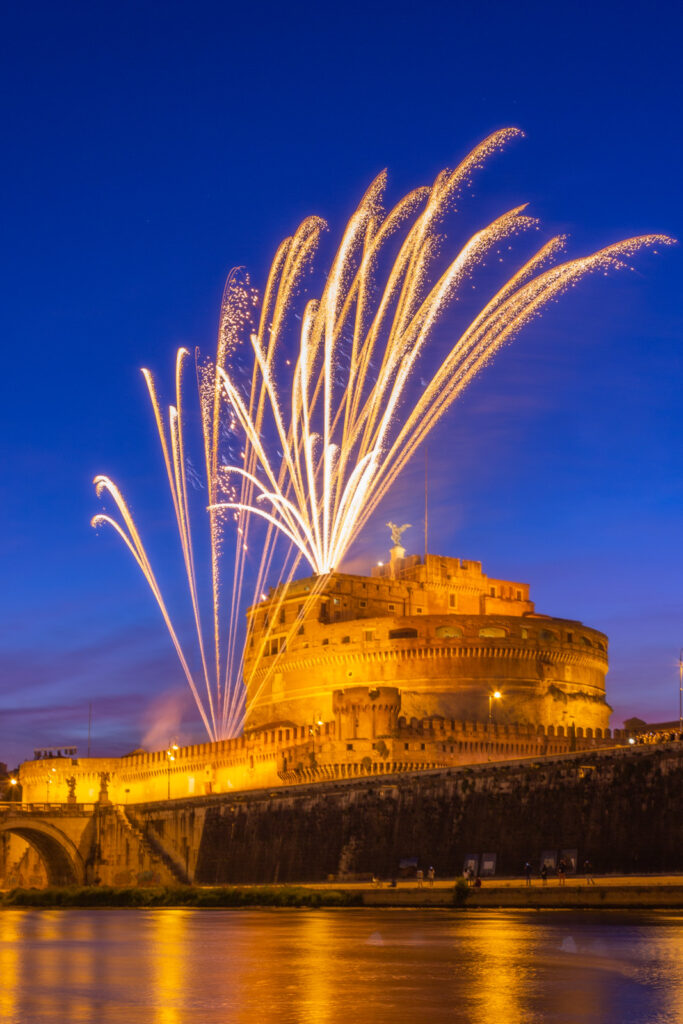
How to PhotographFireworks La Girandola – Castel Sant’Angelo – Roma – © Ermal Alibali There is an “explosive” photographic subject. This kind of subject is always admired and photographed by everyone, but how best to grasp it? On the internet there are not info about it, so I decided to give you some suggestions. I will briefly explain my way of photographing fireworks by showing you some examples taken during the Girandola of Castel Sant’Angelo in Rome. I will teach you how to photograph fireworks! Girandola of Castel Sant’Angelo This fireworks event takes place in Rome on June 29 to celebrate the local patrons St. Peter and Paul. It was conceived by Michelangelo Buonarroti. For some years, it has been programmed at the Pincio, in Villa Borghese. The shots you will see below are my first pyrotechnic event photographed. There was an impressive crowd of people, I had no idea what I would find, I just knew that the show would take place around 9 pm and that imagining the crowd I had to find a suitable point. I decided I had to go there for 16/17. I had already thought of possible points where people could be avoided, but on the other hand I also wanted to get a reflection given by the Tevere river. I arrived and it was already crowded, but I can find a place among the many tripod that were branching off on the cornice that runs along the river, right in front of the castle. While I was waiting, there were hours left, I started to set up to do some tests, to see if by placing the Canon EOS 600D vertically I had space to capture the whole scene, and in the meantime I heard other photographers, much more experienced than me, confronting each other on shutter speed, aperture, etc. So I learned of the notions that I applied immediately. The show began and the contrast between darkness and instant light produced by the fires, created overexposure in my shoots, so the first minutes I lost them to improve framing and settings. Luckily it was not a short show and I was able to take some interesting photographs and above all I was able to capture a type of firework that personally seemed more scenic than others. And this is the result (watch the full project): We now come to the 7 tips that I will give you to be able to shoot the fireworks in the best way. 1. Study the event Anticipating the shot in your mind is fundamental to choose the right place where to set up your equipment, develop the composition you want to get and manage the shutter speed. Getting informed is very important. If you do not know the place where it will show, go earlier to study it and find the most suitable point. Search online for that particular event, search for shots from other photographers to see the different points where they were present in previous years and have shared their results on the web. Avoid placing yourself at a gathering point, where maybe people will gather to watch the show. You need space and maybe those people could be an ideal element inside your composition. If it is a fairly long show, immediately study the interval with which pauses and fires alternate, the height that they reach so as not to have any cut within the composition and to take the explosion in its entirety. Take some test shots to see if you’re including everything you think is necessary for your shot and if the settings are good for the result. 2. Do not exclude the surrounding setting Hence my rule of not staying near fires (as well as away from people or various obstacles that limit your visibility). As for the lenses or opt for a wide-angle that frames the whole scene, or you move away to the point of also taking the setting that surrounds the fireworks show. Contextualize everything, for an exemplary photo in addition to being able to take well the lights that will be created you will also have to think about what surrounds them. Enrich the scene, at most you can always cut later what you think superfluous. 3. Use manual mode The first step is to use the camera in manual mode. I will always tell you to shoot manually because by changing the settings the result will be a photo that will reflect your idea elaborated in your head. If you are an amateur photographer, always throw yourself into manual mode: by making mistakes you will learn. 4. Use a tripod The use of the tripod is fundamental in night photography in general. In this case, in addition to being night, you will have to play with long shutter speeds for the success of the photo. Best Tripdos on Amazon. 5. Shoot remotely The moment you start the camera will have to stand still, so you will have to avoid touching it during the shooting. How to do? Use a remote controller that will cancel any movement while shooting or put the self-start with a time interval. The problem with the latter method is to calculate the self-time and synchronize it with the intervals of fireworks. There is a risk of starting the acquisition of the image either too early or too late compared to the subject. Usually imposed a self-check of 2 seconds. It is a method that requires a bit of training and depends from event to event, but surely each fire will have a starting point and a point of conclusion, your task is to peck both in a single shot through a long exposure. Most popular: How to Use Poe.com to Create Engaging AI Chatbots How to beat the Winter Blues to get motivated again The Power of ChatGPT for Streamlining Business Processes How to create a professional-looking video on a budget Come sconfiggere il fenomeno